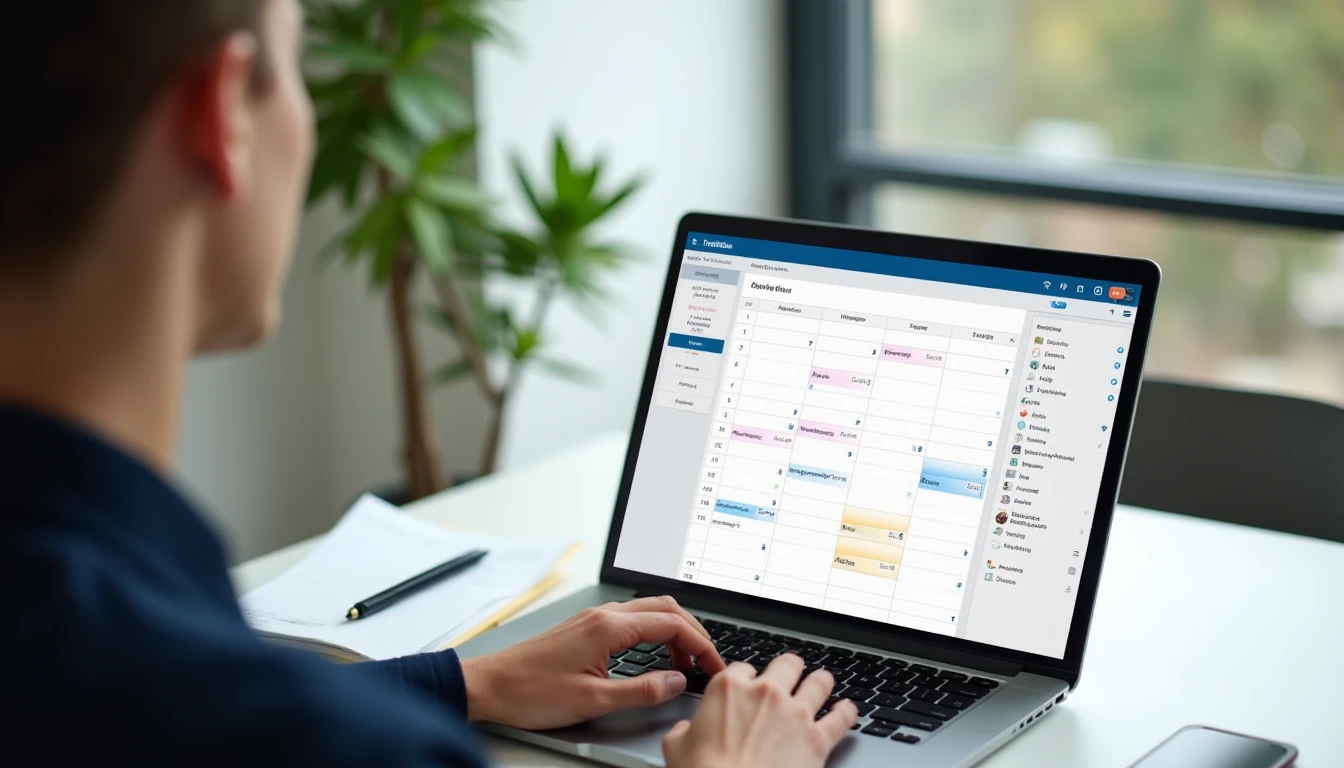The Power of Prioritization
Prioritizing tasks is not just about managing your to-do list; it’s about understanding what truly matters and focusing your energy on those key activities that will yield the most significant results. When you start your day, take a moment to consider which projects are essential and which can wait or be delegated. This approach helps in reducing stress and ensures that you allocate your time effectively.
One effective way to prioritize is by using the Eisenhower Box method, dividing tasks into four categories: urgent and important, important but not urgent, urgent but not important, and neither urgent nor important. By categorizing tasks this way, you can focus on what truly needs immediate attention while also planning for long-term goals. For instance, responding to an emergency email might be urgent but not necessarily important, whereas developing a new marketing strategy could be important but not urgent.
Another aspect of prioritization is understanding your personal peak productivity times. Some individuals perform best in the early morning, while others may hit their stride later in the day. By recognizing these optimal periods and scheduling your most critical tasks during them, you can maximize efficiency without overextending yourself. It’s also crucial to build in buffer time between high-priority activities to avoid burnout.

Mastering Time Blocking
Time blocking is a powerful technique for enhancing productivity by dedicating specific blocks of time to particular tasks or projects. This method helps manage your schedule more effectively, allowing you to focus deeply on each activity without distractions.
To implement time-blocking successfully, start by assessing the demands of your day and breaking them into manageable segments. For example, if you have a significant project due at the end of the week, set aside uninterrupted hours throughout the week specifically for that task. During these blocks, eliminate all potential interruptions—turn off notifications on your phone or computer, close unnecessary applications, and inform colleagues not to disturb unless it’s an emergency.
One advantage of time-blocking is its ability to enhance concentration and creativity. When you dedicate a specific period to a single activity, you create conditions conducive to deep work. This focused attention can lead to breakthroughs in problem-solving and innovation. Additionally, by scheduling breaks between blocks, you allow your mind to rest and recharge, thereby maintaining high levels of productivity throughout the day.
The Role of Technology in Enhancing Productivity
Leveraging technology can significantly boost productivity without overwhelming you with new tools or complications. The right software applications can streamline processes, automate repetitive tasks, and provide valuable insights that inform strategic decisions.
For example, project management platforms like Asana or Trello help organize workflows by creating visual representations of projects and assigning responsibilities to team members. These tools not only facilitate communication but also ensure that everyone is aligned with the overall goals. Moreover, they offer features such as automated reminders and deadlines, reducing the likelihood of missed tasks.
Another area where technology excels is in data analysis. Tools like Google Analytics or Tableau enable you to extract meaningful information from large datasets, empowering informed decision-making. By understanding patterns and trends within your operations or customer base, you can identify areas for improvement and allocate resources more effectively. Additionally, using cloud storage solutions ensures that all necessary files are easily accessible wherever you need them, promoting seamless collaboration among team members.
Building a Supportive Environment
Creating an environment conducive to productivity involves more than just organizing physical spaces; it encompasses fostering a mindset of continuous learning and self-improvement. This includes both personal habits and professional practices that encourage growth and efficiency.
One key aspect is establishing routines that promote well-being, such as regular exercise, proper nutrition, and sufficient sleep. These elements contribute directly to cognitive function and energy levels throughout the day. A healthy lifestyle enhances focus and mental clarity, allowing you to tackle challenges with greater ease and creativity.
Additionally, cultivating a supportive network of colleagues or peers can greatly enhance productivity through shared knowledge and collaboration. Engaging in regular brainstorming sessions or peer reviews fosters innovation by introducing diverse perspectives into problem-solving processes. Furthermore, seeking feedback from trusted mentors helps refine skills and identify areas for improvement, ultimately leading to higher performance outcomes.
Mindfulness and Mental Well-being
Incorporating mindfulness practices into your daily routine can significantly improve mental well-being while enhancing overall productivity. Mindfulness involves maintaining a present-focused awareness without judgment of experiences as they occur. By cultivating this state of mind, individuals become better equipped to handle stressors constructively rather than reactively.
Practicing meditation or deep breathing exercises regularly helps calm the nervous system and reduce anxiety levels. These techniques promote relaxation and clarity by directing attention away from intrusive thoughts towards bodily sensations or breath patterns. Over time, regular mindfulness practice leads to increased emotional resilience against daily pressures like deadlines or conflicts.
Another benefit of integrating mindfulness into work routines is improved concentration spans. When individuals engage fully with tasks at hand without being distracted by external stimuli or internal chatter, they experience higher quality outputs within shorter periods. This heightened focus not only increases individual productivity but also contributes positively toward team dynamics by fostering more attentive communication styles among colleagues.


